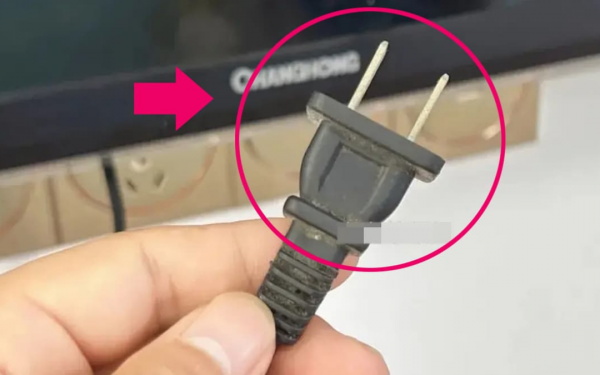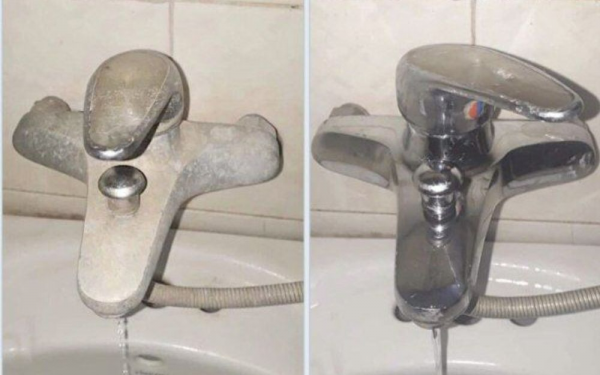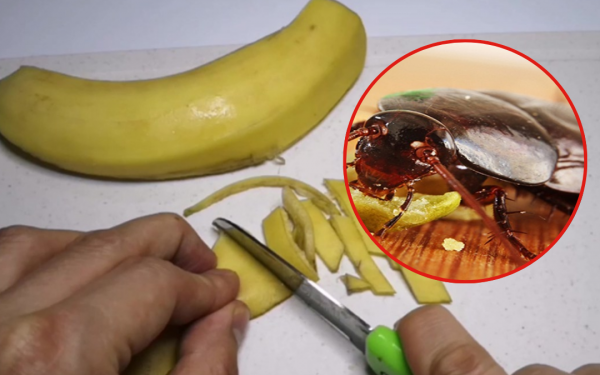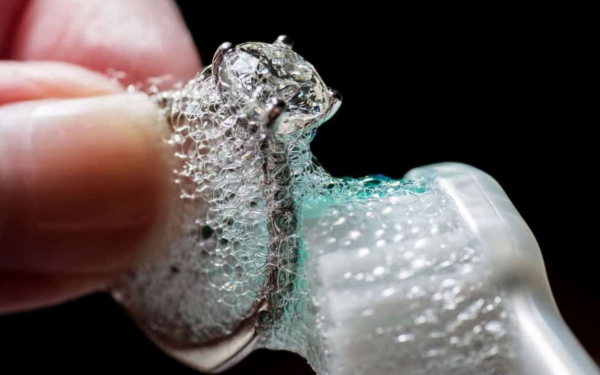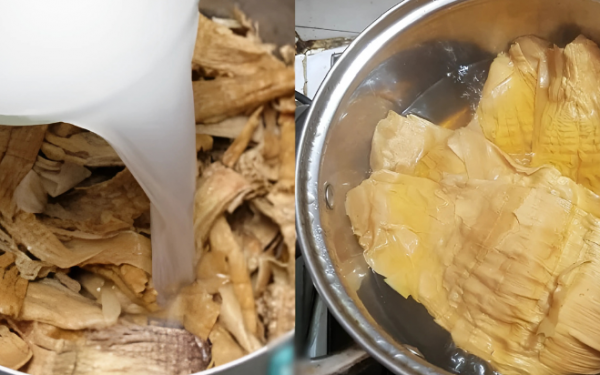Teach you great tips to save electricity and water when using dishwashers

When using a dishwasher, there are some tips that can help you save electricity and water effectively. Applying these measures will not only help reduce operating costs but also optimize the use of resources. Check it out now!
1. Set the right temperature for the dishwasher
Setting the right temperature for the dishwasher is an effective way to save both electricity and water. Here are some suggestions to maximize performance and save resources when using a dishwasher:
Use energy-saving mode: Modern dishwashers often have an energy-saving mode (often called "Eco" mode). This mode can reduce electricity and water consumption by washing at lower temperatures and using shorter wash cycles. When choosing this mode, you can save from 20% - 40% of energy compared to normal mode.
Set the temperature at the right level: If your dishwasher does not have an energy-saving mode, you can set the temperature manually to achieve economical performance. Normally, a temperature of 45ºC - 50ºC is enough to clean dishes effectively while still reducing electricity consumption.
Use the automatic sensor mode (if available): Some dishwashers are equipped with an automatic sensor wash mode, which allows the machine to recognize the level of dirt to adjust the temperature and wash time accordingly. By using this mode, the dishwasher will only use the necessary temperature and water, helping to save electricity and water effectively.
Although the level of electricity and water savings depends a lot on each type of dishwasher and your frequency of use, the above measures will help you maximize performance and save resources when using the dishwasher.
2. Other ways to save electricity and water when using a dishwasher
Here are some other ways to save electricity and water when using a dishwasher that you can refer to:
Choose an energy-saving dishwasher: When buying a new dishwasher, consider buying machines that are energy-saving. This will help you save money and resources during the operation of the machine.
Start washing when the machine is almost full: The amount of water and electricity consumed will not change based on the number of dishes in the machine. Therefore, you should wait until there are enough dishes before starting washing to reduce the frequency of washing. However, avoid overloading the machine, as this can reduce its performance.
Arrange the dishes in the machine reasonably: The bottom position in the dishwasher has the highest water pressure and temperature. Therefore, placing the dirtiest and most difficult-to-clean dishes in this position will ensure that they are washed quickly and effectively.
Remove food from dishes before loading: Make sure you remove all food from dishes before loading them into the dishwasher. This will help prevent food residue and food from sticking to other parts of the machine.
Check and clean regularly: If your dishwasher is not operating at its best, it may be consuming more energy and water than usual. Therefore, you should check and clean your dishwasher regularly.

